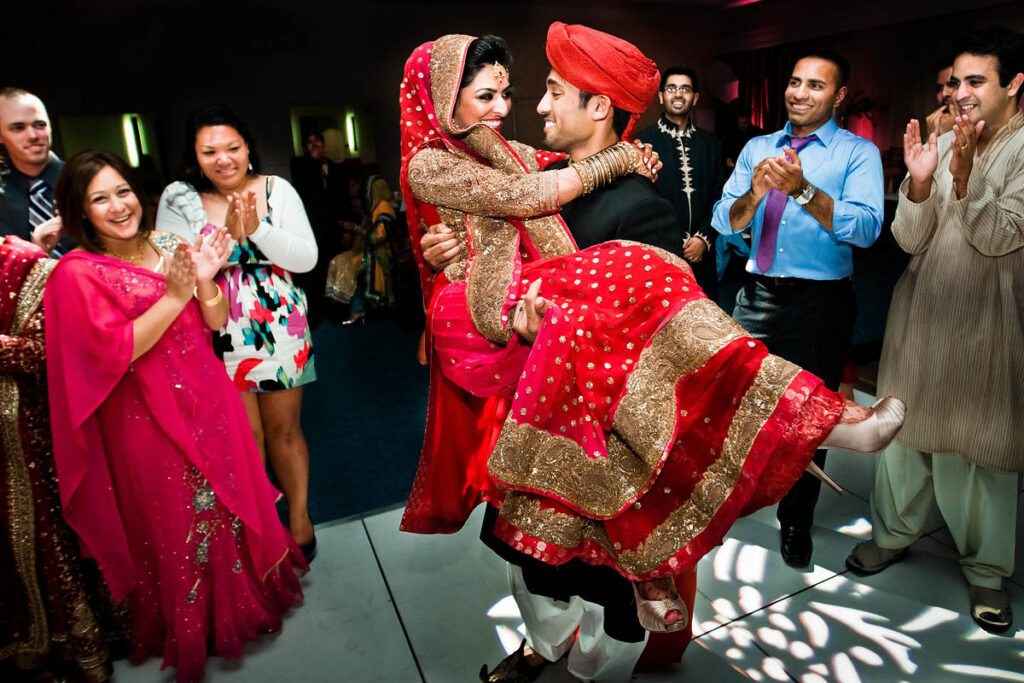
Barat, Nikah customs and tradition in Pakistani Wedding
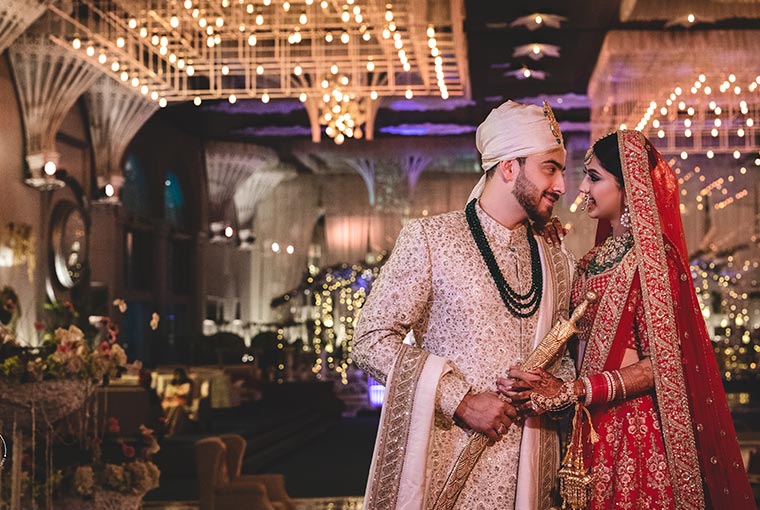
Pakistani Barat and Nikah Enriching Customs & Traditions
The Pakistani Barat Nikah Customs and Traditions, an emblem of festivity, marks the arrival of the groom’s procession to the bride’s abode.
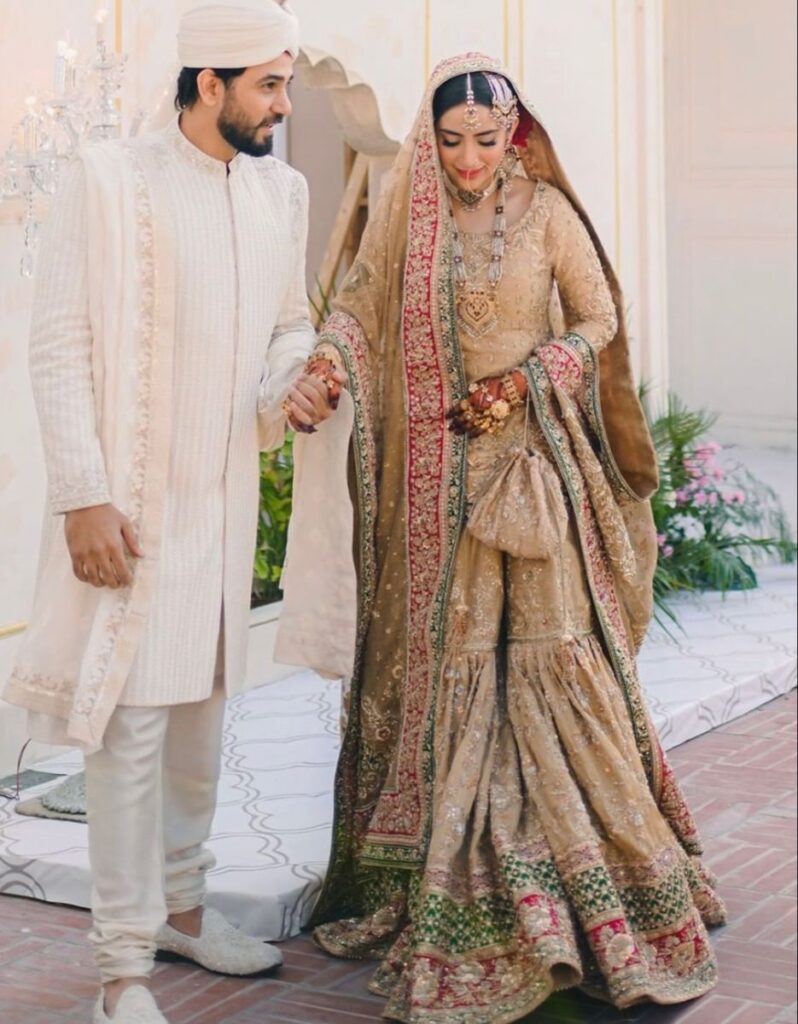
Grand Entrance: The groom's arrival
The groom’s arrival is a moment of grandeur, celebrated with a procession embellished in cultural elegance
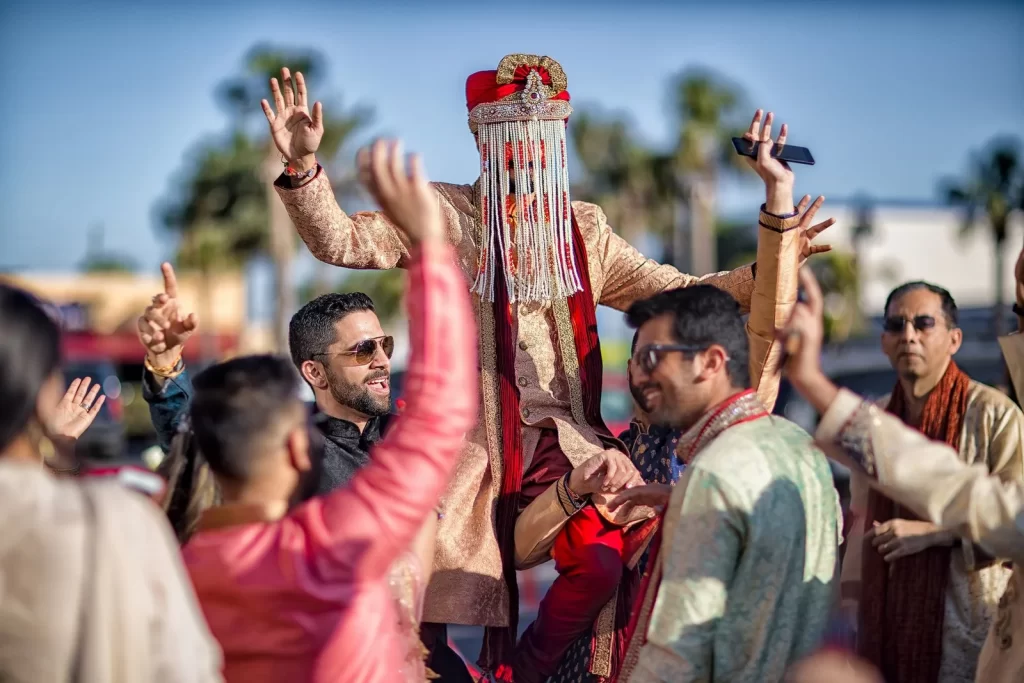
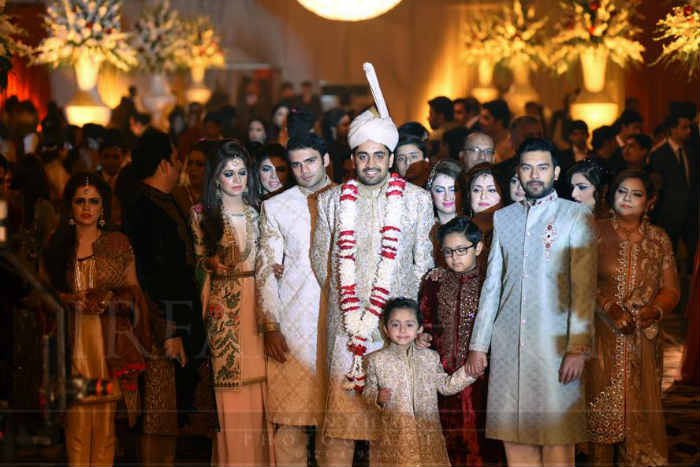
In Pakistani Barat Nikah Customs and Traditions The Confluence of Families: The Barat signifies the union of two families, weaving threads of bonds that intertwine with shared traditions
Nikah Nama: Sacred Bonds
The Nikah, a sacred contract, formalizes the union between the bride and groom in the presence of witnesses


The Nikahnama, a pivotal document in Islamic marriages, outlines the terms and conditions of the marriage contract. With solemnity, the bride, groom, and witnesses sign it, binding their commitment to the union. The pen, symbolic of this agreement, bears witness to their pledge, etching their promises onto the pages of des
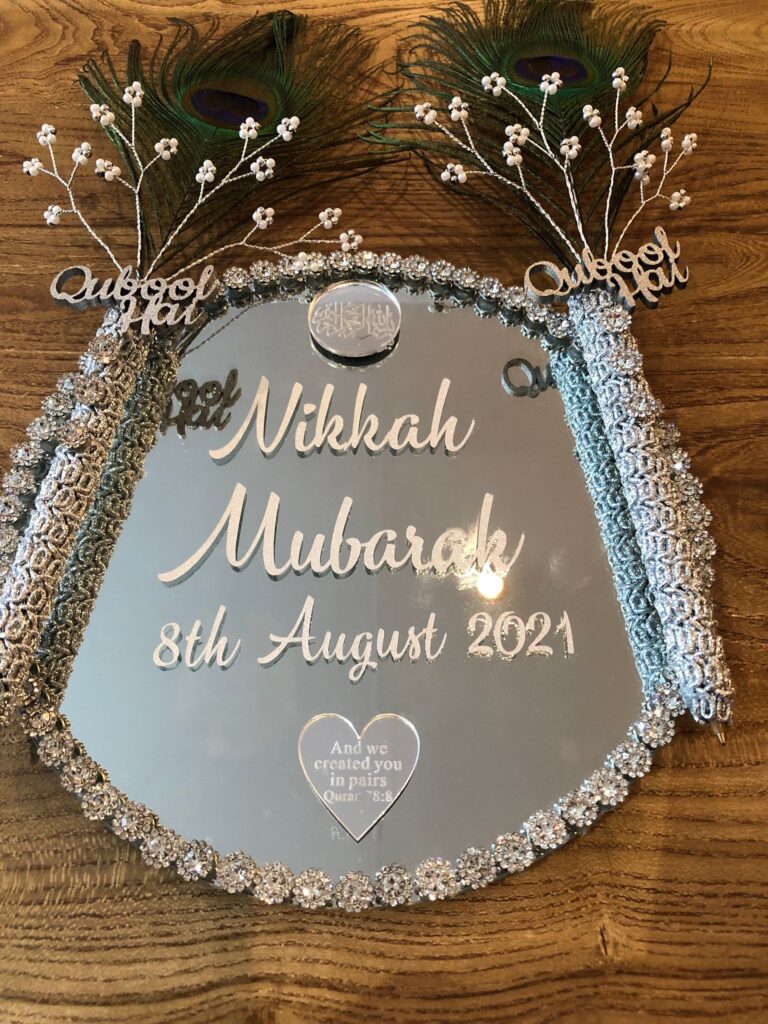
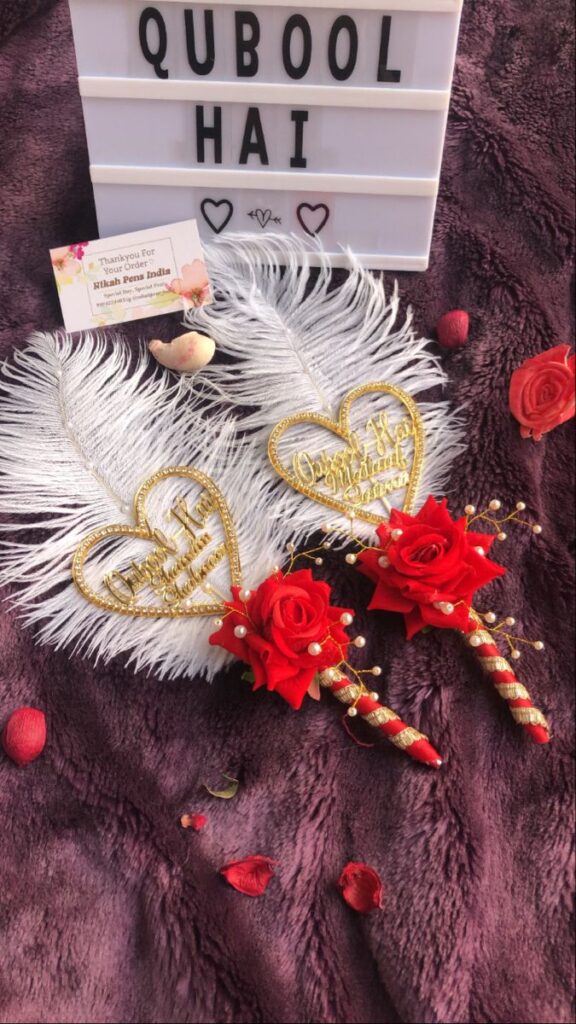

Sacred Vows: The Nikah ceremony encompasses the recitation of vows, sealing the bond with promises of companionship and love
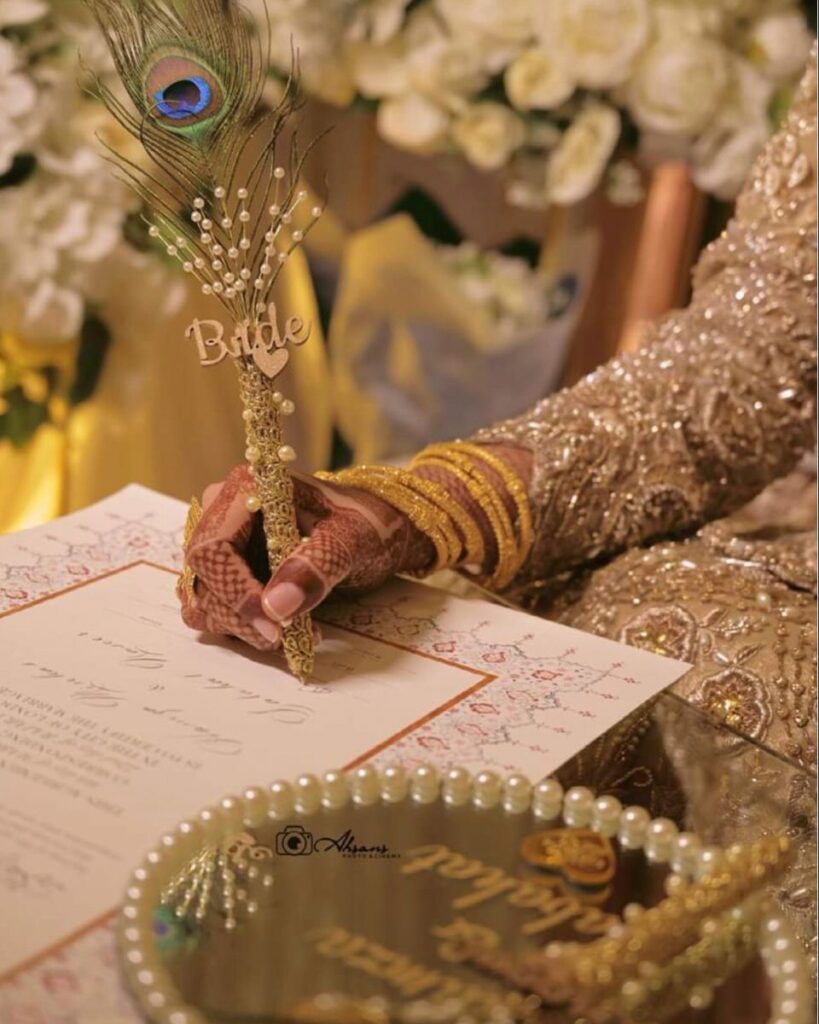
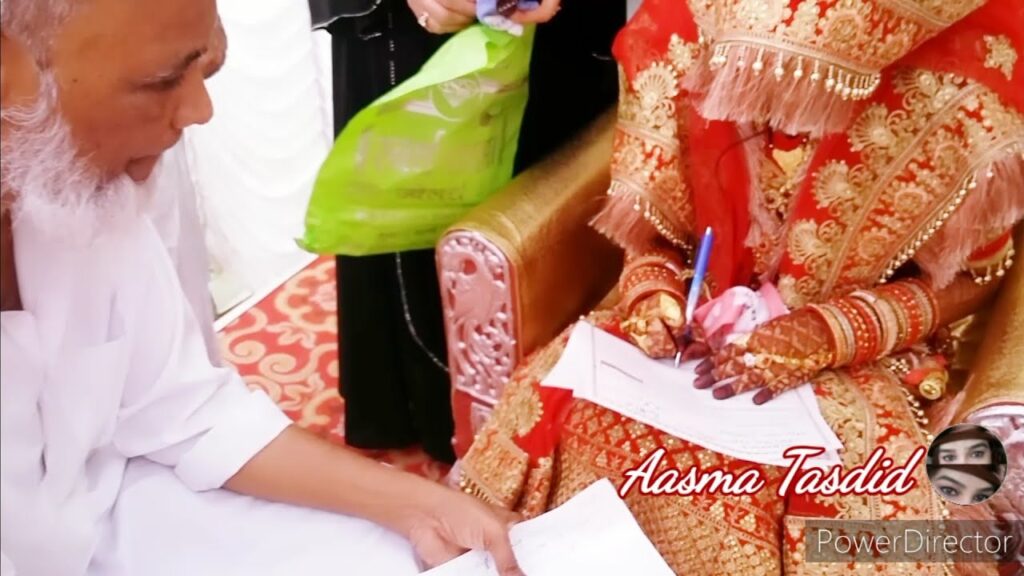
Witnesses and Blessings: The presence of witnesses and loved ones bears testament to the sanctity of the Nikah, showering blessings upon the couple.
Bridal Transition
As the bride transitions from her family’s embrace to her husband’s care, the Nikah signifies a new chapter

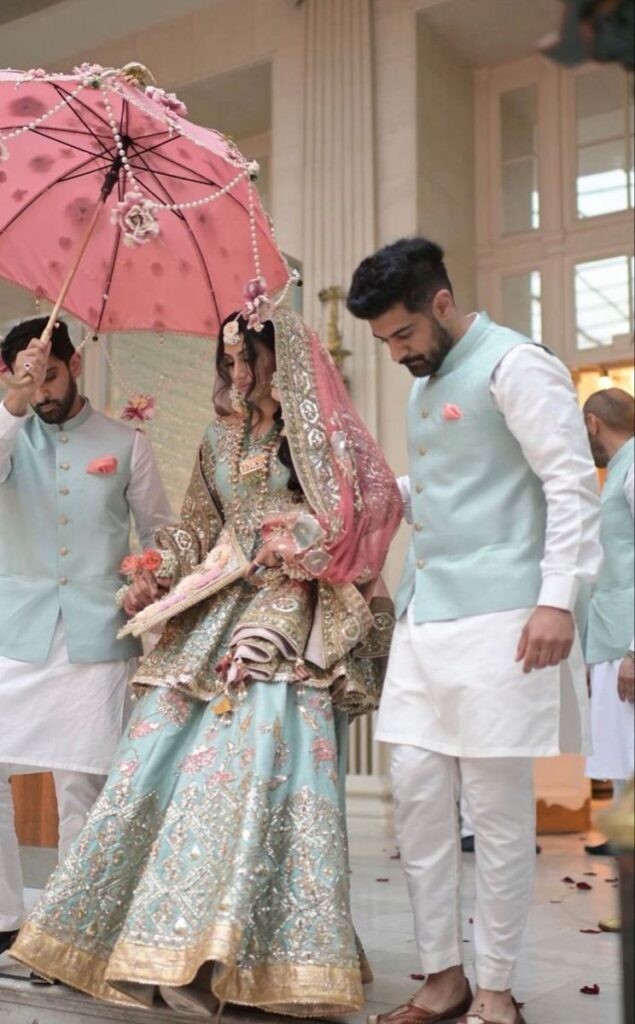
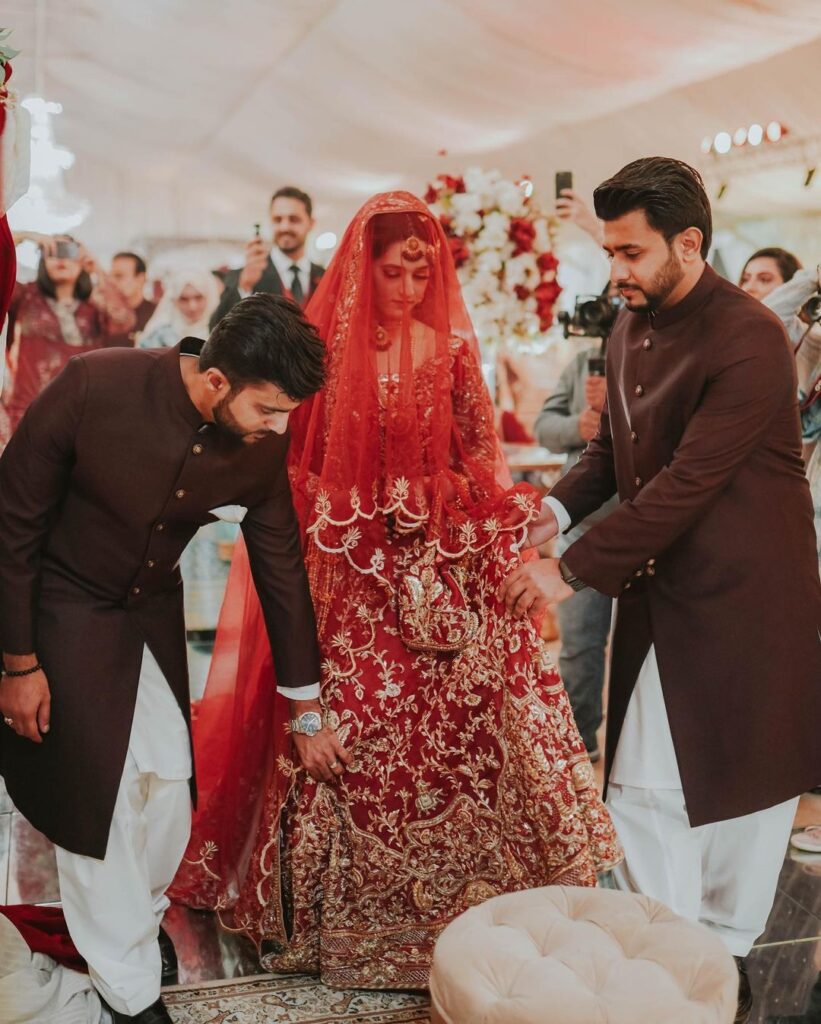
Cultural Reverence
Pakistani Barat Nikah Customs and Traditions The Nikah captures the essence of cultural reverence, an act deeply rooted in faith and tradition
Enriching Traditions
Dodh Pilai (Milk Ceremony)
The Dodh Pilai, a cherished tradition in Pakistani weddings, involves playfully challenging the groom. He must negotiate and pay a token to enter the bride’s home.
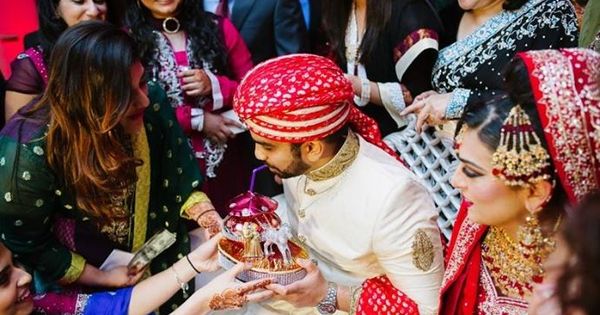
As he sips a glass of milk, mixed with saffron or other sweet ingredients, the bride’s sisters may demand a fair price for his entrance, adding a touch of humor and bonding to the celebration. This jovial custom symbolizes the groom’s willingness to prove his love and commitment to the bride’s family.
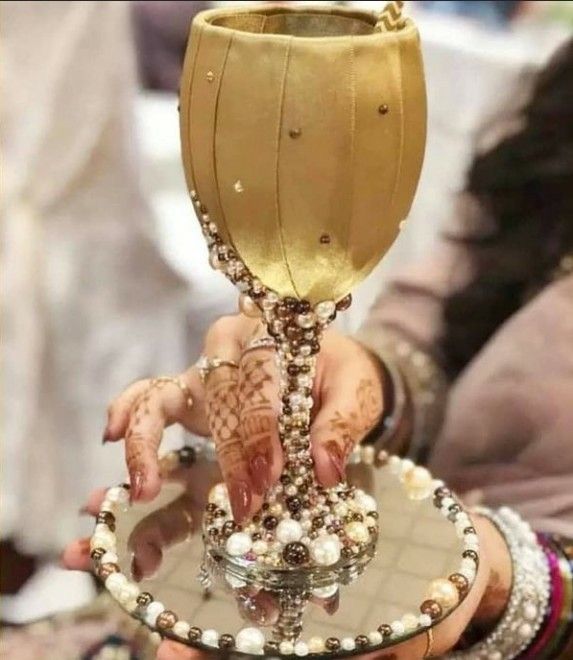

Joota Churai (Shoe Hiding)
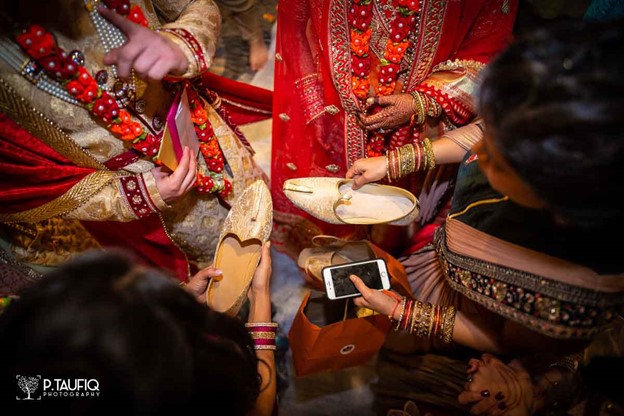
The sisters of the bride playfully hide the groom’s shoes, demanding a ransom for their return
Ring Finding
The ring-finding game is a light-hearted tradition in which the bride and groom search for a ring hidden in a bowl of water or milk. Whoever finds the ring first is believed to have the upper hand in the relationship, adding a playful element to the festivities and symbolizing the couple’s future cooperation and shared responsibilities.



Maon Dikhai (Face Revealing)
In a moment laden with symbolism, the bride’s face is unveiled to the groom, an act of profound significance in their union. This momentous event is observed by all present, underscoring its importance in the celebration

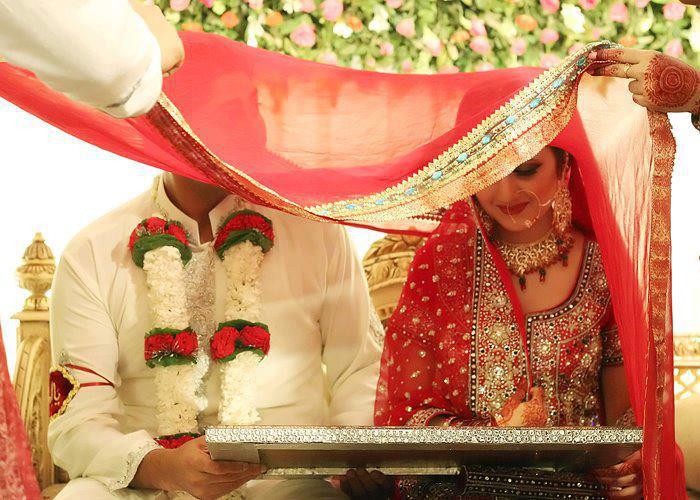
sahra bandai
The Pakistani wedding tradition of “Sahra Bandai” refers to the ceremonial act of placing the groom’s sehra (a floral veil) on his head by his male relatives and friends. This practice is symbolic and signifies the groom’s readiness to embark on his new journey as a married man. The sehra, typically made of flowers, beads, and sometimes feathers, is delicately placed on the groom’s head while his face is covered.
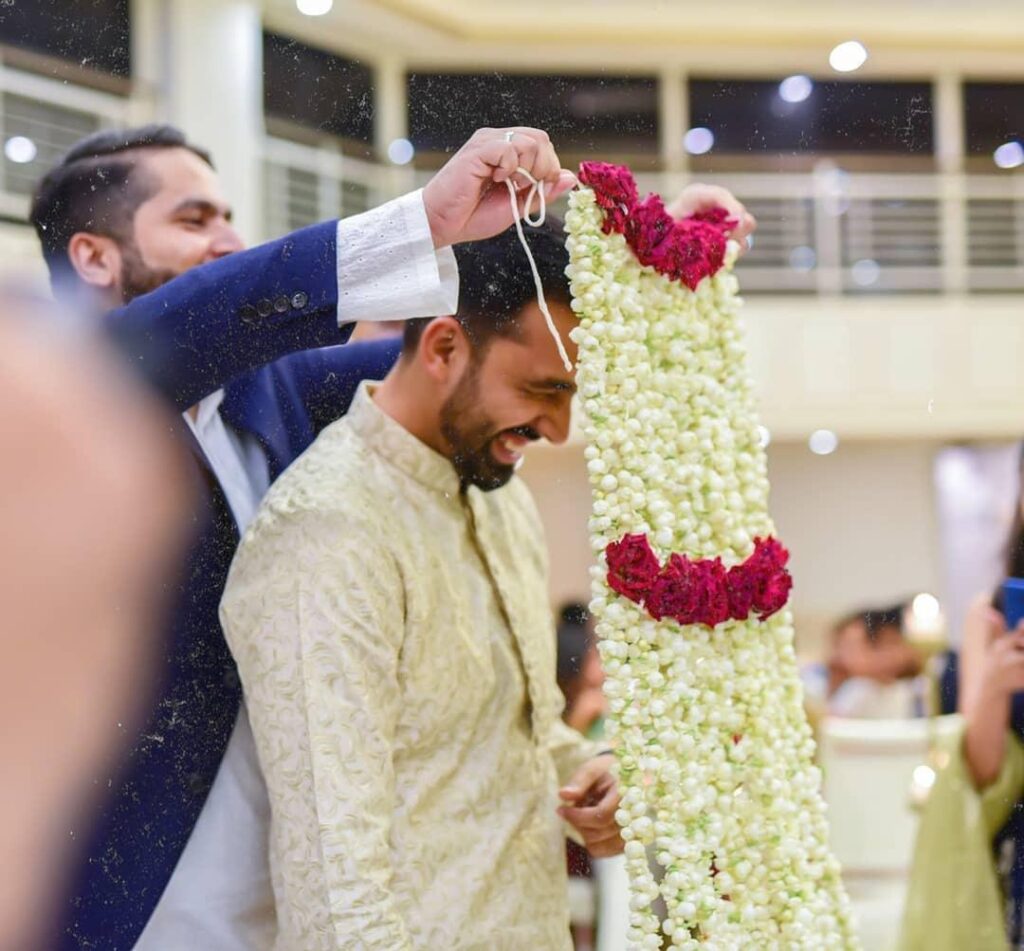
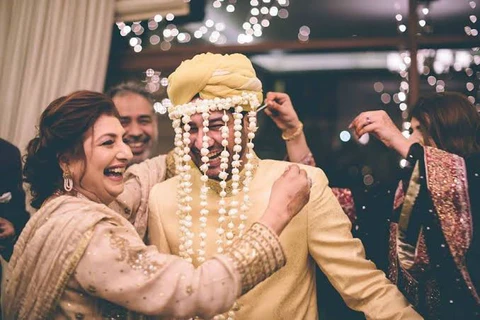
Gift Exchange
Gifts are exchanged between families, signifying mutual respect and warm reception of the new member

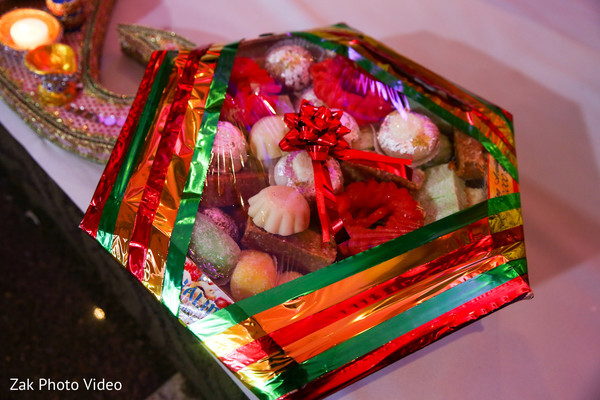
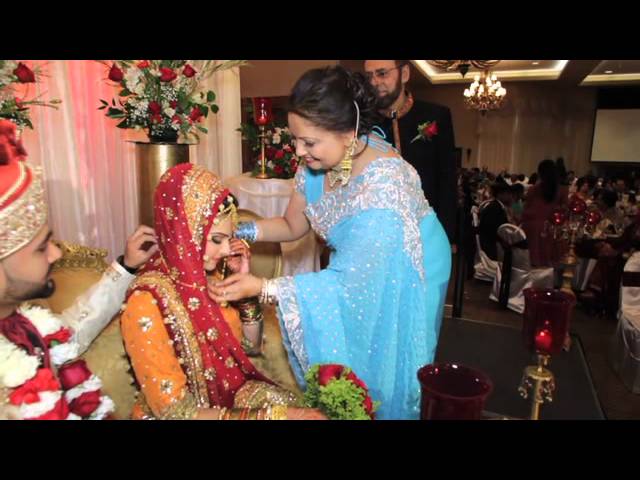

Bridal Rukhsati
An emotional departure, finds its echoes in the Quran’s teachings. The Quran emphasizes the sacred bond of marriage and the importance of maintaining love and kindness between spouses.

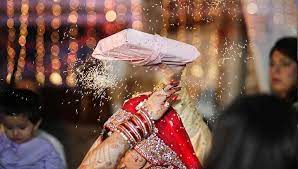
Bridal Rukhsati is a poignant moment in Pakistani weddings, signifying the bride’s departure from her parental home to start a new life with her husband. Emotions run deep as blessings and tears flow.
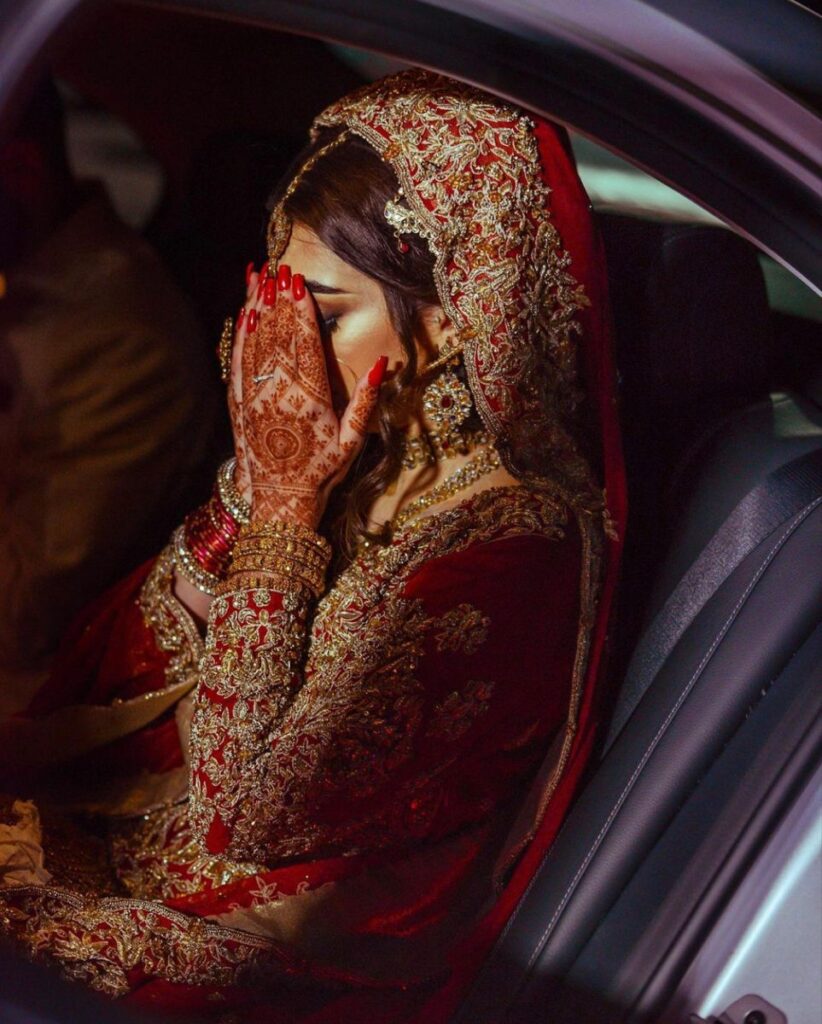

The bride bids farewell, carrying a mix of excitement and nostalgia, while her family wishes her happiness in her new journey. It’s a touching transition, marking the beginning of her life as a wife and daughter-in-law.
